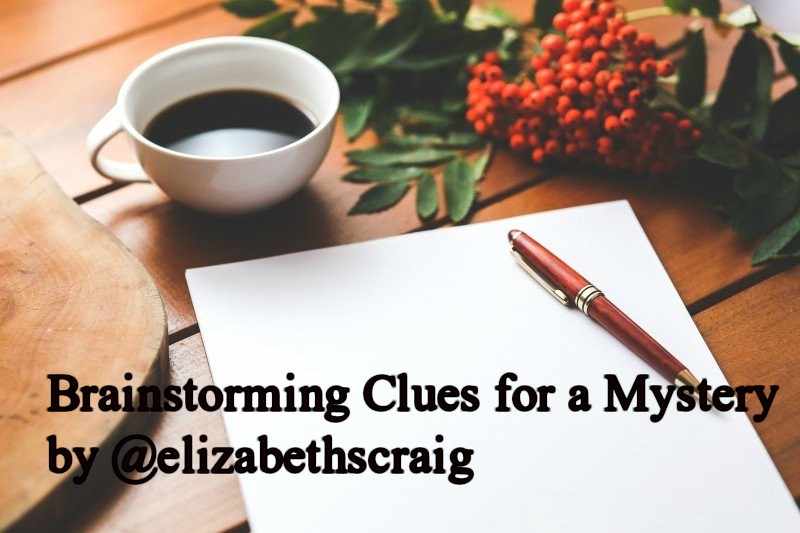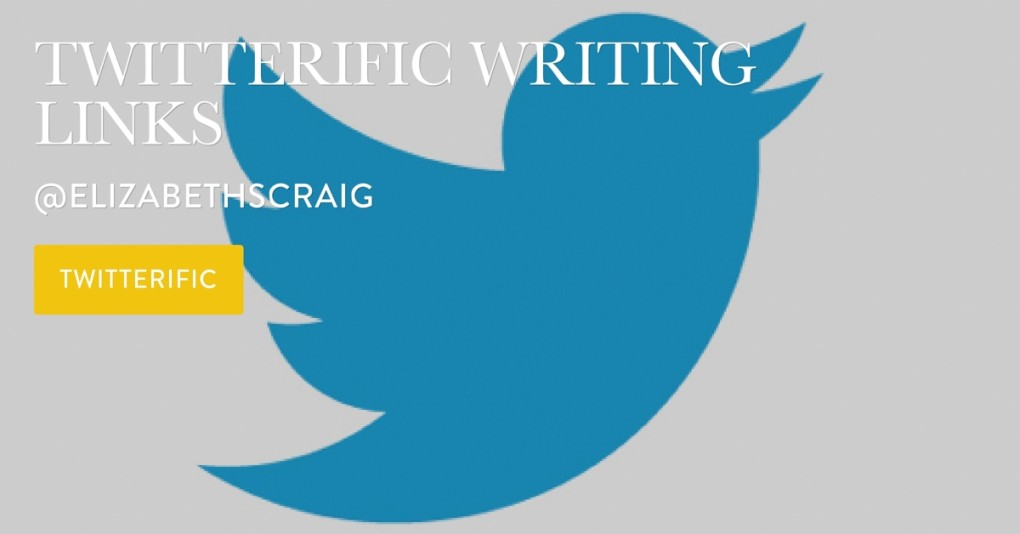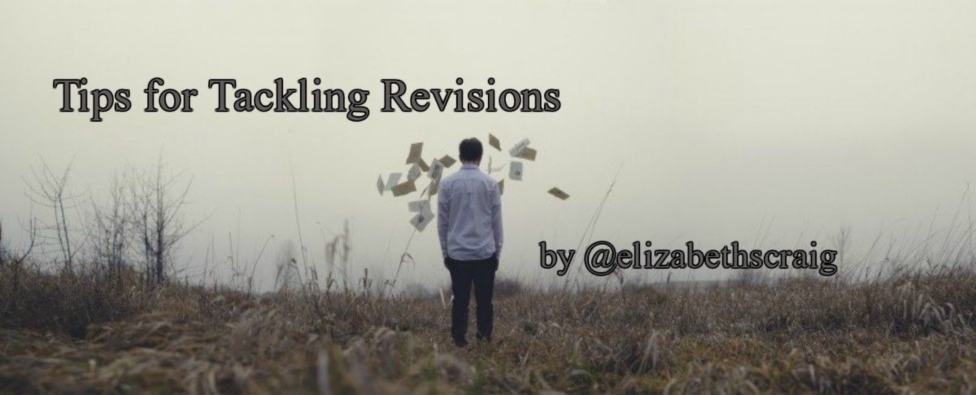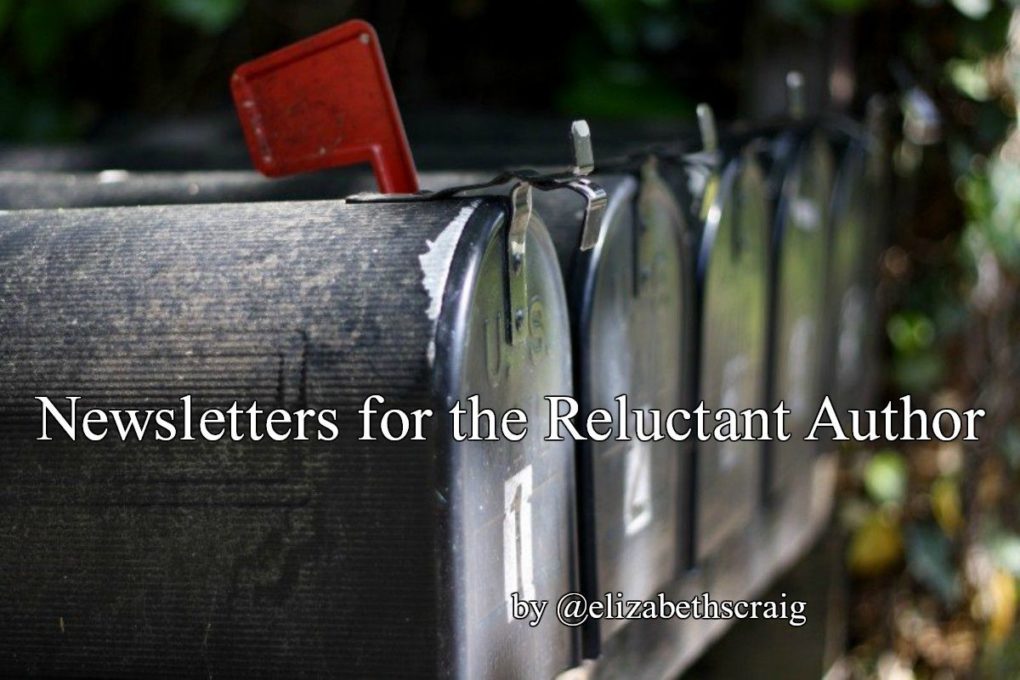by Elizabeth S. Craig, @elizabethscraig
For me, brainstorming clues for my mysteries has always been one of the toughest parts of writing a mystery. Mystery readers are incredibly savvy and they’re very good at picking out clues and drawing conclusions. To keep them from solving the mystery too early, the clues need to be pretty good…and you’ll need to distract from them, too.
But how do you brainstorm these clues?
One trick that I use is to start at the end and write a confession by the killer. The killer explains how he did it and why he thought he was getting away with it. When the killer is confessing, you also have your sleuth explaining how she figured out he was the perp. This scene doesn’t even have to go into your book, but it sure can help to figure out what clues the killer left behind.
Some good questions for your killer to answer: how did he/she do it? What made them worried later? Did they leave anything behind? Who did they try to implicate? What do they know about the crime that no one else knows? Did they absently mess up their own alibi at some point in the investigation?
I don’t always work backwards in this way, but it can really help when I’m outlining a book.
As I mentioned earlier, the next step is to deflect attention from your clues by introducing a red herring that seems much more important. You could also use some other form of distraction: an argument between two suspects, for instance. Or even the discovery of another body. :)
If you’re a writer, how do you come up with clues for your mystery? As a reader, are you good at picking up on them (I love it when I’m surprised at the murderer when reading!)?
Tips for Brainstorming Clues for a Mystery: Click To TweetPhoto on VisualHunt






